Why study amphibians? They don’t even have their own module in our Biology book; they’re just jammed in the crevices of module #13, where other members of Phylum Chordata take center stage. Nope, studying amphibians hasn’t been much of a thought in my homeschool since we raised tadpoles in our elementary years, until one night last month… the night the spring peepers returned to our marsh.
Disclosure: *This post may include affiliate links. As an affiliate, I earn from qualifying purchases. Read the disclosures and terms for more information.
Everyone was decked out in PJs and comfy in beds. It was almost 11:00, but they’re all homeschooled teens and, on this particular night, had nowhere they needed to be in the morning. One was filling in boxes with numbers in her third suduku page of the day, one lamenting over Mirilla’s blindness in Anne of Avonlea, and one digging deep into bovine know-how in a few final chapters of her latest favorite book: The Family Cow.
So when my 15-yr-old (the budding bovine expert) remembered she had forgotten to close the barn doors after checking on the animals hours before, I didn’t hesitate to offer to close up shop. In actuality, I love pulling those heavy doors across their tracks. I revel in the simple chore—with its squeaky vibrating noise, musky hay smell, and smooth sensation of worn wood in my hands—because it’s a tangible reminder to all of my senses that I own a barn. The thought still amazes me, now two years into my barn ownership.
It’s still a relatively new sensation to me—a born-and-bred suburban girl—to slowly pull giant, two-story-tall doors across their squeaky track. It’s an amazing thing, at least to a mid-atlantic, grew-up-in-a-chain-linked-fenced-tiny-yarded-development kinda girl. An amazing thing to say “I. Own. A Barn.”
But last month, while closing those difficult doors, I had an extra treat. I was serenaded with a familiar song. The spring peepers were back in our neck of the woods, and in actuality of course the males weren’t singing to me, but to the females, doing their best to attract one with all their melodious charm.
So over the next few days we pulled out some books (see the end of this post for our favorite resources for at-home nature study), pursued some websites, and added a new page to Our Backyard Book—a treasured homeschool heirloom that I’ve written about many times before.
What’s a spring peeper?
The scientific name for the froggie Casanovas of my marsh is Pseudacris crucifer. As a Language-Arts-kinda-girl, I love it when word study fits into science, so the scientific name is always the first thing listed on Our Backyard Book page. (Read more of my thoughts on teaching science when you’re a Languare-Arts-Kinda-Girl on this previous post.) When you break down this Greek-and-Latin-mix of a name, it makes perfect sense. If you know that pseudo means “false” and crucis means “cross,” you have a pretty good idea of what’s on the back of every spring peeper. When my daughter discovered this itty baby peeper, sure enough, we were able to identify it by its markings.
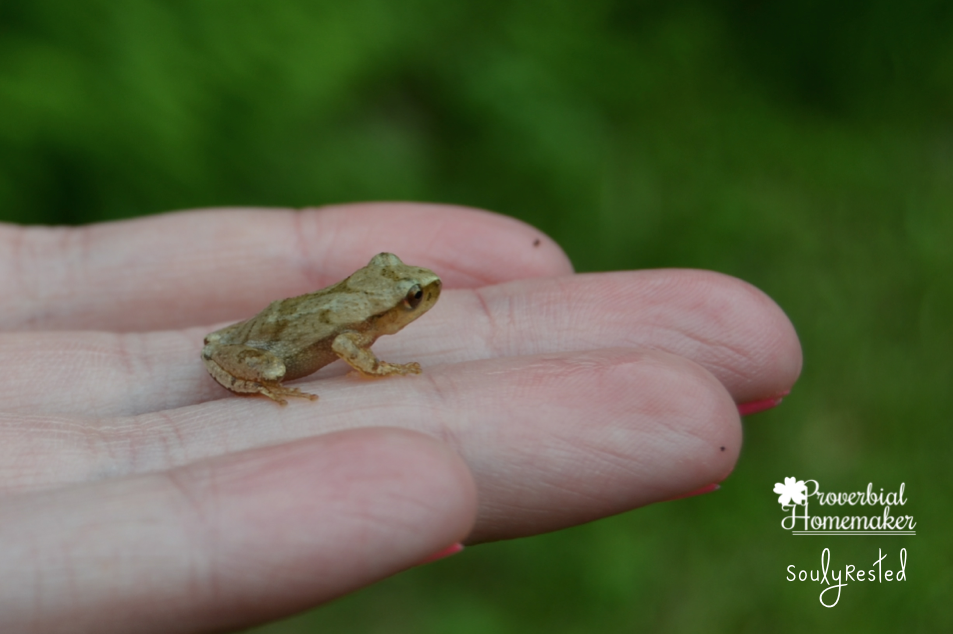
I doubt spring peepers wanna think about winter any more either, since they were just almost entirely frozen during the long cold months. Turns out they can withstand a deep freeze during winter because God built in a natural ‘antifreeze’ in their blood. (Okay, it’s actually glucose, urea, and proteins. At least that’s what scientists think, but no one is sure how it all works… except for the frogs’ creator of course.) Turns out spring peepers are one of five species of frogs that don’t bury deep enough in fall’s leaf cover to avoid the rigors of Jack Frost.
Their distinguishing scientific name, the fact that they are frozen—but alive—all winter, and lots of other fascinating facts about spring peepers made it onto their page in Our Backyard Book. If you’d like an amphibian ID page of your own, please enjoy this free printable.
Why study amphibians?
- It’s useful. Your students really could “do” something with their knowledge. There are some fascinating careers in Herpetology. I know a lot of kids who would love to never grow up and get to play in marshes all day as wildlife researchers and field biologists. I was surprised when I glanced at this current list of job postings in Herpetology just how many there were.
- It’s memorable. I can’t think of many activities that were more exciting and unforgettable for my young daughters than the experience of watching tadpoles metamorphosis into frogs.
- It’s hard work. But it’s fun. What better way to take on responsibility than caring for cute little creatures that you discover in nature? Those months that we raised tadpoles was hard work. We walked to a nearby pond every few days, gathering “fresh” pond water, filled with nutrients for the growing babies back in a fish tank on our covered porch, and changed out the tank water. We even had to enlist help to take on the responsibility for us when we went away on vacation in the midst of the metamorphosis.
- It’s practical. Your children will notice amphibians everywhere once they learn about them, from the most famous muppet to a cartoon frog named Dig ‘Em that graces cereal boxes. Every time they spot a frog, toad, newt, or salamander, they’ll be reminded of some interesting tidbit they learned.
- It’s hands-on. What better way to learn than outside, studying God’s fascinating creation?
So if you have an aversion to “slimy things,” Mom, get over it. Really, I promise it won’t kill you to catch a jar of tadpoles or hold a toad. If you still believe that old wives tale about getting warts from frogs, trust me, you’re safe. If, on the other hand, you think kissing a toad will turn your husband into prince charming, well, I can’t help you with that one.
How do you study amphibians?
Obviously there are lots of great books and websites out there that could get you started. But just use those to find out some of the basics for now, and come back to them later (see my list of favorite books at the end of this post). To really get your feet wet—or cold and covered in pond scum—try these steps…
- Start with a frog dissection. And no, I’m not suggesting you grab a toad and start carving. (Ewwww.) You can learn about external anatomy in this video and internal anatomy in this video.
- Read up on how to care for them. Our favorite resource is our very-well-read copy of Pets in a Jar, by Seymour Simon. (It has great chapters on tadpoles, newts, and toads.)
- Go out and find one! Keep him in a cozy jar-for-a-home for a day or two. We always named our “pet” amphibians but very seldom kept one contained for more than a few days, because catching tiny insects for a hungry member of Order Anura is hard work, and there are only so many rocks to turn over. (Rocks happen to be the favorite hiding place of pill bugs, which happen to be the easiest meal to serve a hungry toad. See all the fascinating knowledge you’ll too retain, once you start to study amphibians?)
Where do you go to learn more?
Although your resources are endless, here are a few of my family’s dog-eared favorites:
All National Audubon Society field guides
Pets in a Jar, by Seymour Simon
Pet Bugs, by Sally Kneidel
Anna Botsford Comstock’s Handbook of Nature Study
Keeping a Nature Journal, by Clare Leslie and Charles Roth
The Usborne Complete First Book of Nature
Naturally Curious, by Mary Holland*
*That last one is our most recent addition to our personal library of nature books. The subtitle is “a photographic field guide and month-by-month journey through the fields, woods, and marshes of New England.” It is of course specific to a unique region, but I highly recommend to all my New England friends. If you don’t happen to live in New England, ask your librarians if they can recommend a nature reference book that is specific to your region.
(Note from Tauna: Here in the Pacific NW you’ll love The Northwest Nature Guide by James Davis.)
Do you have nature study books your family loves? A particular creature you loved learning about recently with your children? Please share!
You Might Also Like…
Some of our favorite nature study units here at Proverbial Homemaker: NatureExplorers from Shining Dawn Books! Check out Frogs and Toads first!

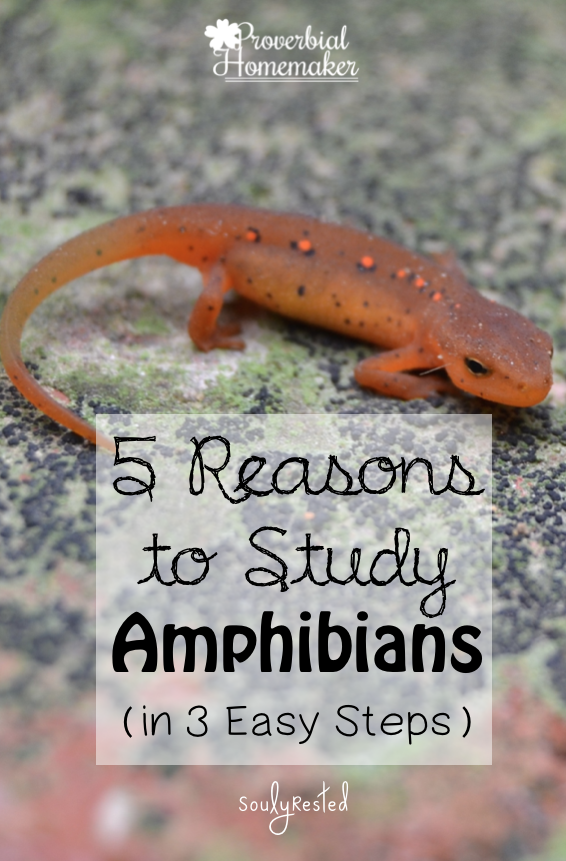
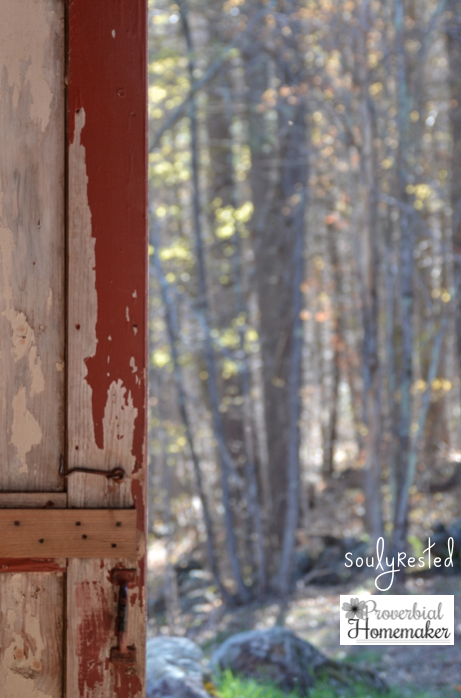
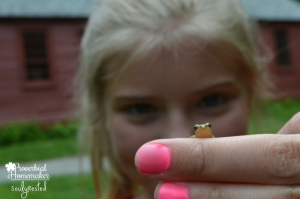
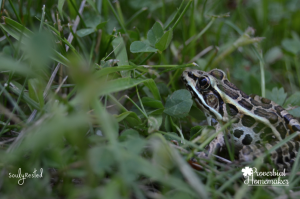
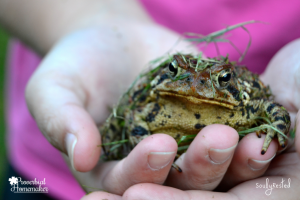
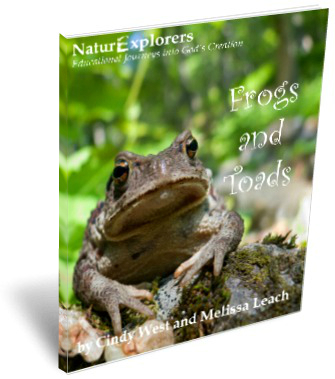





 by Stephanie, The Multi Taskin' Mom
by Stephanie, The Multi Taskin' Mom